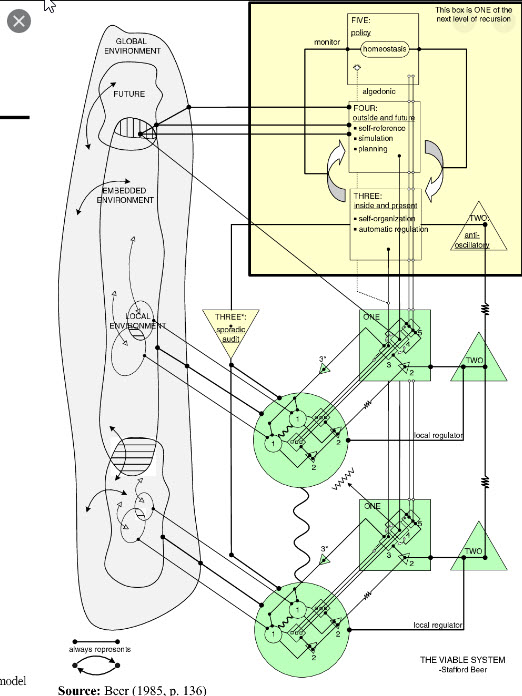Much of current Systems Thinking literature equates Systems Thinking with feedback loops (i.e., Causal Loop Diagrams and their “cousin” Stock and Flow Diagrams).
But abstraction is also key. Feedback loops vary per level of abstraction. When looking at a complex organizational system, the feedback loops we see at the 20,000 foot level will be different than those we see at ground level. We therefore need to use a multi level modeling technique (DFDs) . Only then can we model causalities (via CLDs) per level of abstraction
Another system dynamic outside of feedback loops is state. The behavior of an activity is not only a direct consequence of its inputs, but it also depends on its preceding state.
To model the state of each activity across an organizational system, we need to first look at the bigger picture by modeling integrated input/activity/output via Data Flow Diagrams (DFDs). (Note: DFDs are for modeling any inputs/outputs, not just data.)
There are separate modeling techniques to then model the details of the state of a given activity, such as transition state diagrams.
Another dynamic we typically need to model for organizational systems is non-linear activity. In complex organizational systems, except at the very detail level, there are often relatively few linear activities. Any activity can “kick-off” at any point in time, provided that its prerequisite inputs are present.
Modeling the non-linear activity dynamics of an organization is also a task of DFDs.
The above are just some of Systems Thinking considerations outside of feedback loops. There are others.


